Blinds present a particular hazard if constructed improperly.
The relevant standards for the design and manufacture of blinds care as follows:
| Standard |
Description |
| EN 13120:2009+A1:2014 |
Internal blinds - Performance requirements including safety |
| EN 16433:2014 |
Internal blinds - Protection from strangulation hazards - Test methods |
| EN 16434:2014 |
Internal blinds - Protection from strangulation hazards - Requirements and test methods for safety devices |
Many children are severely injured or killed by strangulation in blind cords every year.
There are many different types and designs of blinds, and so the specifications can be quite complex.
In general, you must make sure the cord length of roller blinds is of a suitable length and have a breakaway section if appropriate.
You should use an entrapment prevention fixing (sometimes called a "tensioning device" or "cord tidy") to hold a roller blind cord to the wall, or an accumulation device for loose string cords.
Always purchase a blind kit from a reputable manufacturer and ensure that it meets the relevant safety requirements.
Position children's cots, beds and furniture away from blind cords.
General Construction
Your blind should not cause harm, and present no risk of entrapment, and sharp edges should be rounded to prevent harm.
"Special attention shall be paid by the manufacturer of internal blinds to ensure there are no parts which can cause harm to the individual. Sharp and projecting edges of any moving parts and parts related to the child safety eg. Safety devices of the internal blind likely to be located to a height lower than 2.5m above the floor or any permanent access level, shall be rounded with a minimum radius of 0.5mm. Bottom rail end plugs shall have a minimum of 0.5mm radius, or edged, or protected by foam or rubber."
Always follow the manufacturer's instructions if using blind making kits.
The safest types of blinds are completely cordless, whether hand operated or motorised. Examples are wand controls, or pre-tensioned pull up/down blinds.
Operating Loops
The continuous loops that operate the opening and closing or up/down/left/right movement of blinds poses a strangulation risk. You must make sure it is safe by featuring a tensioning device or breakway system.
Tensioning Device
A tensioning device is a small loop or attachment usually at the bottom of a continuous loop chain for a blind.
Its purpose is to ensure that the operating loop remains in tension and that the two sides of the loop do not move far enough apart to permit a child's head to enter it, which would be a strangulation risk.
"The distance between the two strands of the loop shall not be more than 50mm at the point of exit from the fixed tensioning device."
Where the drop is known, the distance from the floor to the bottom of the pull cord should be at least 1.5m.
If the drop not known and is likely to be less than or equal to 2.5m, the length of the pull cord should be less than or equal to 1m.
If the drop not known and is likely to be more than 2.5m, the length of the pull cord should be less than or equal to the drop of the blind minus 1.5m.
Breakaway Device
A continuous operating loop can be fitted with a breakaway device to prevent strangulation.
If the installation height is known, the distance from the floor to the bottom of the pull cord should be at least 60cm.
If the installation height is not known, the loop should be less than or equal to two thirds the drop of the blind.
"In either instance the hazardous loop shall be eliminated when a mass of 6 kg is applied to the pull cord(s) gradually or within 5 seconds of application."
Pull Cords
Unless the pull cord for a blind in all positions is greater than 1.5m from the floor (highly unlikely), an accumulator should be supplied and fitted so that the cord can be stored out of reach of children.
The cord should be less than 1.5m from the floor if the height is known, or 1m or less if the drop of the blind is 2.5m or less.
If your blind contains 2 pull cords, they should not tangle. If they do tangle, then the loop must be eliminated under a mass of 6kg within 5 seconds or connected to a breakaway system with the same requirement. This can be potentially achieved with anti-tangle toggles.
If your blind contains more than 2 pull cords, it must use a breakaway system.
If your blind contains more than 4 pull cords, in the absence of a suitable breakaway system, it is acceptable to connected the cords to a single pull cord if the connector is positioned less than 50mm from the headrail at the fully extended position.
Accumulation Devices
If your blind contains a pull cord, then it should be supplied with an accumulation device.
An accumulation device should be fitted a minimum of 1.5m from the floor, and as near to the headrail as possible.
The accumulation device should allow the entire length of the cords to be accumulated when the cord is in its longest position, and no more than 100mm of cord should be released after a force of 60N is applied to any of the cords on either side of the device.
Accessible Inner cords
If inner cords of the blind are accessible, they should be less than 200mm apart at attachment points, and it shouldn't be possible for a child to fit their head inside any loops after applying a 50N vertical force to the blind.
If that's not possible, then the loop should break away when a weight of 6kg is applied, within 5s of application.
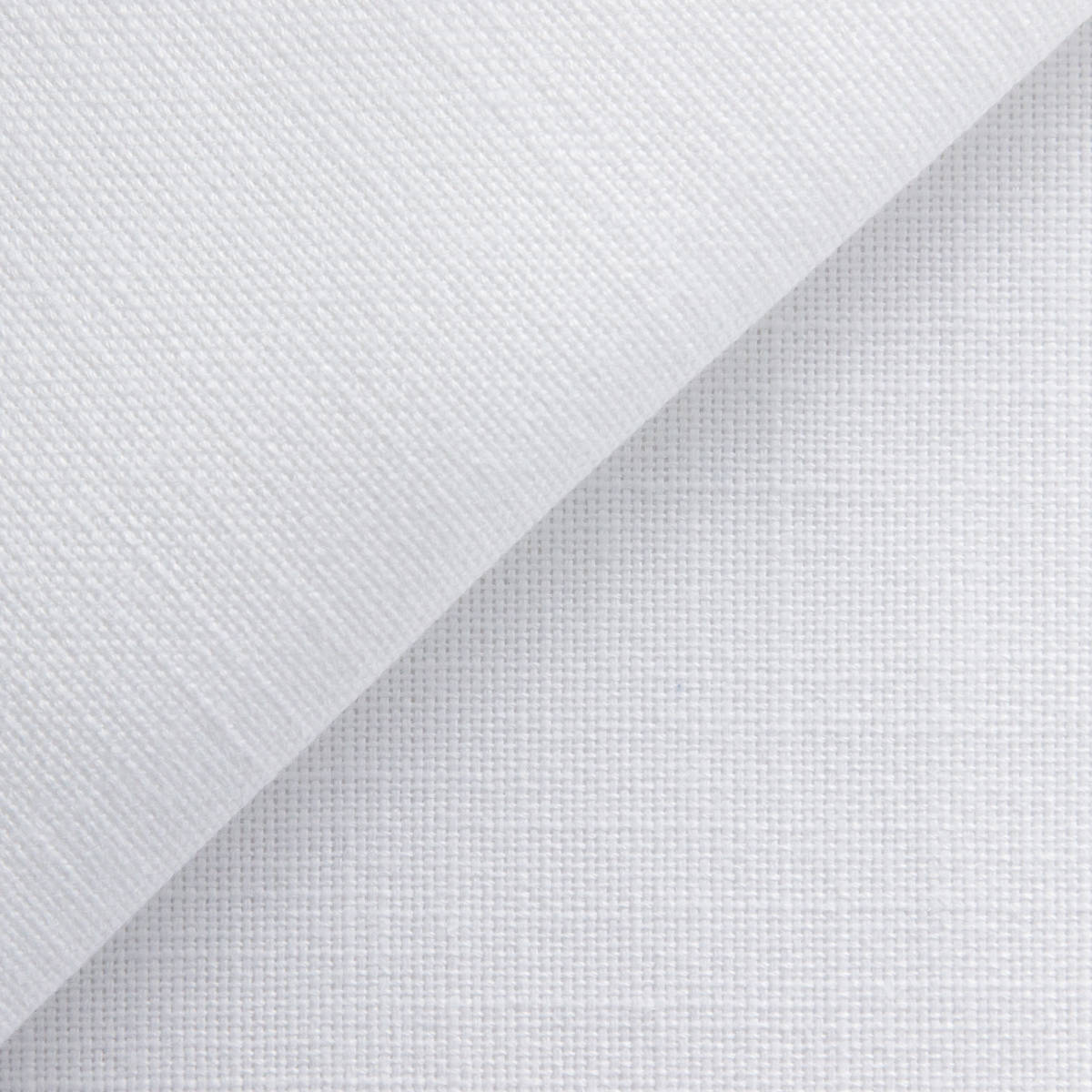
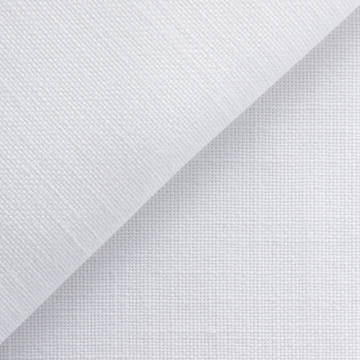

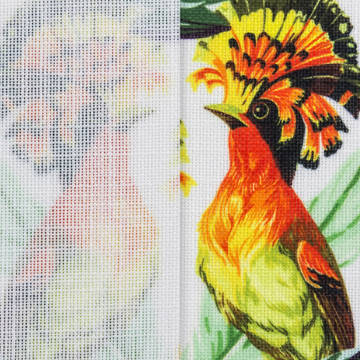

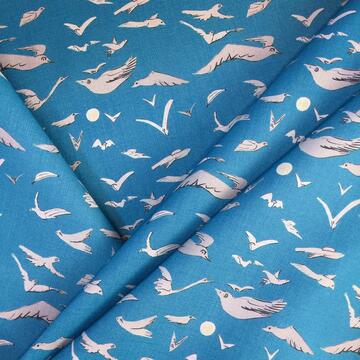
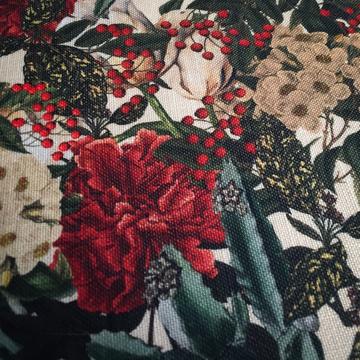
